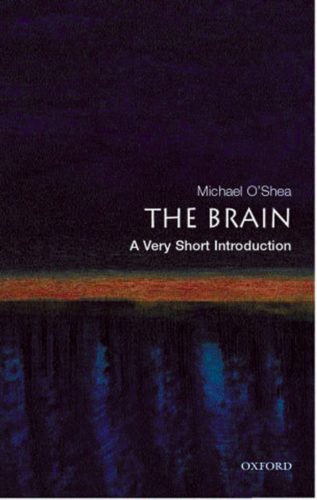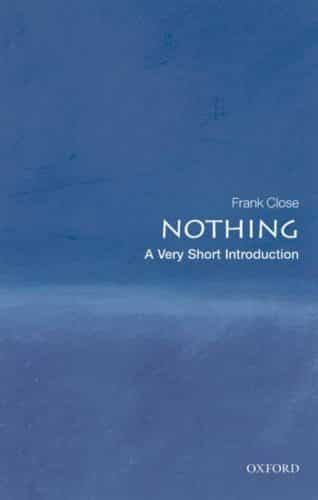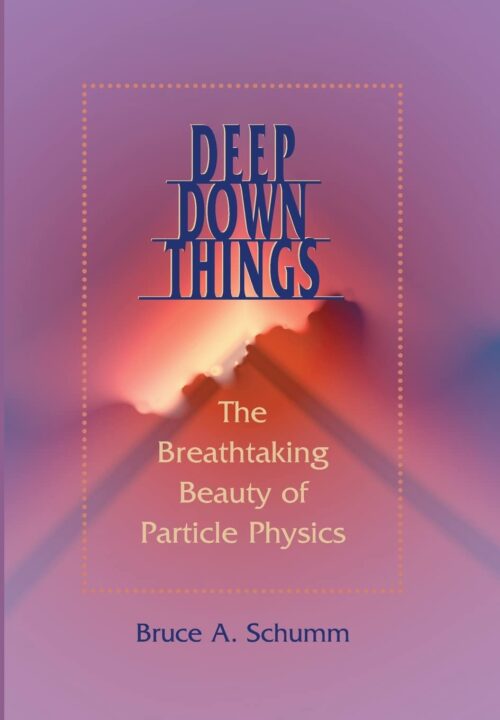The wavelength theory of light and color was well-established by the time Goethe’s Theory of Colors was published in 1810. In Goethe’s opinion, the hypothesis came forth as a result of mistaking an incidental result for an essential concept. He maintained that knowledge of physics made comprehension more difficult than just seeming to have it. He only drew his conclusions from a careful personal examination of the phenomena of color.
Goethe expressed his utmost confidence in his own theory, saying: “From the philosopher, we believe we merit thanks for having traced the phenomena of colors to their primary sources, to the conditions under which they appear and are, and beyond which no further explanation regarding them is possible.”
The intelligent reader of today may enjoy this work for entirely different reasons, such as the beauty and scope of his hypotheses regarding the relationship between color and philosophical ideas, for an insight into early nineteenth-century beliefs and modes of thought, and for the flavor of life in Europe just after the American and French Revolutions. Of course, Goethe’s scientific conclusions have long since been thoroughly disproved.
It is not necessary to study the book in order to enjoy it. Goethe can most effectively discuss color harmony and aesthetics thanks to his subjective theory of colors. These ideas will elicit a favorable reaction from some readers due to their strengths. Others might consider them to be pure imagination, but they appreciate the elegance and flair of their presentation.
The work can also be interpreted as a reliable manual for the investigation of color phenomena. Although Goethe’s findings have been disproved, no one disputes his account of the observable events. The reader will be guided through a demonstration course using basic objects like containers, prisms, lenses, and the like that will cover both subjectively created colors and the physically detectable aspects of color. By carefully reading Goethe’s descriptions of color phenomena, the reader may become so cut off from the wavelength theory—Goethe never once brings it up—that he may start to think about color theory comparatively free of prejudice, whether old or new.”
















